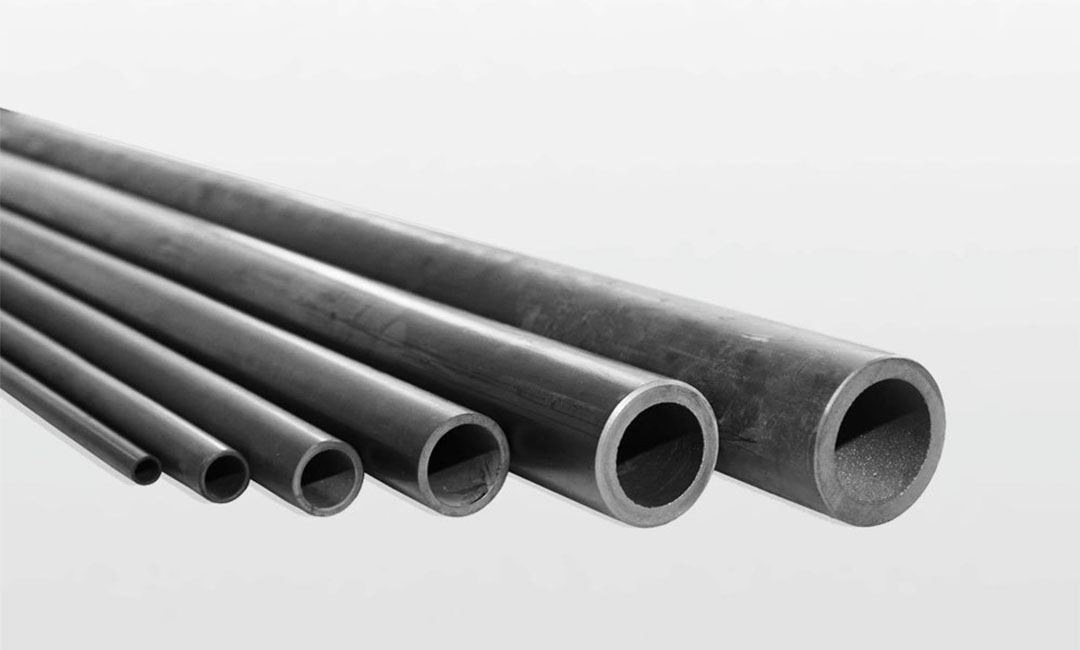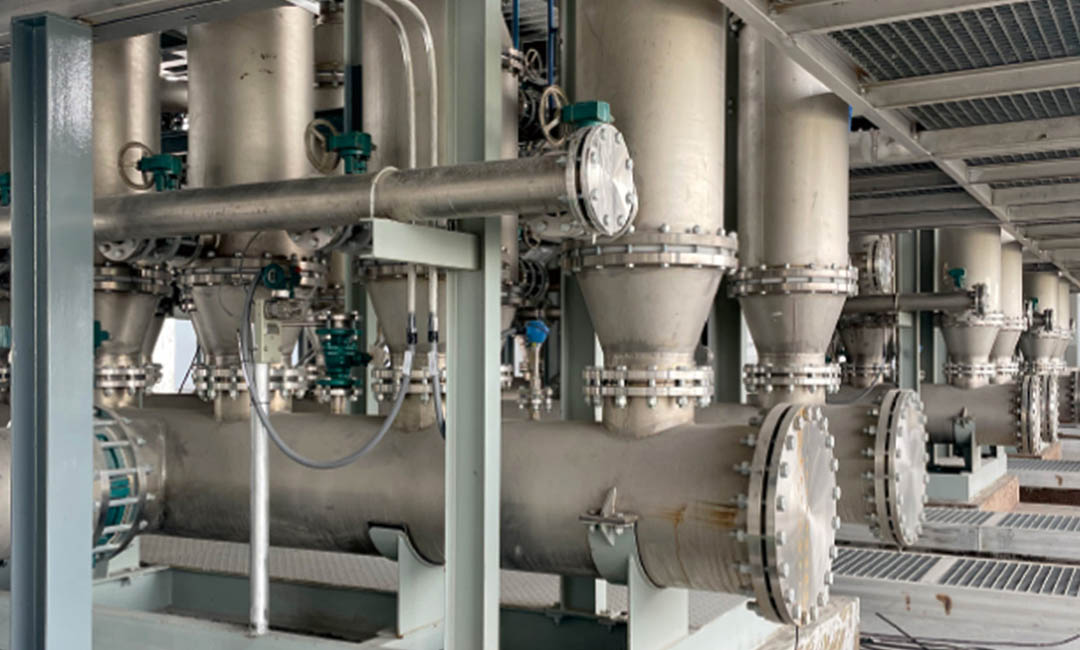Leading SiC Membrane Module Manufacturers in the Industry
In the rapidly evolving field of membrane technology, silicon carbide (SiC) membrane modules have emerged as a pivotal solution for various industrial applications, particularly in water treatment, gas separation, and chemical processing. The unique properties of SiC, including its high thermal stability, chemical resistance, and mechanical strength, make it an ideal material for membrane systems that require durability and efficiency. As the demand for high-quality SiC membrane modules continues to grow, several manufacturers have distinguished themselves in the industry, offering innovative solutions that cater to diverse needs.

One of the leading manufacturers in this sector is Membrana, a company renowned for its commitment to quality and technological advancement. Membrana has developed a range of SiC membrane products that are designed to optimize performance while ensuring reliability. Their membranes are particularly noted for their ability to withstand harsh operating conditions, making them suitable for applications in industries such as petrochemicals and pharmaceuticals. The company’s focus on research and development has enabled it to stay at the forefront of membrane technology, continually improving its offerings to meet the evolving demands of the market.
Another prominent player is Porvair Filtration Group, which has established itself as a key provider of SiC membrane modules. Porvair’s expertise in filtration and separation technologies has allowed it to create membranes that not only enhance efficiency but also reduce operational costs for users. Their SiC membranes are engineered to provide superior filtration performance, which is essential in applications where purity and quality are paramount. The company’s dedication to sustainability is also noteworthy, as it strives to develop products that minimize environmental impact while maximizing performance.
In addition to these manufacturers, the company Atech Innovations has made significant strides in the SiC membrane market. Atech is recognized for its innovative approach to membrane design, focusing on creating modules that are both effective and user-friendly. Their SiC membranes are particularly valued in the water treatment sector, where they facilitate the removal of contaminants and improve water quality. Atech’s commitment to customer satisfaction and technical support further enhances its reputation, making it a preferred choice for many industries seeking reliable membrane solutions.
Furthermore, the contributions of the company Ahlstrom-Munksjö cannot be overlooked. This manufacturer has leveraged its extensive experience in filtration technology to produce high-performance SiC membranes that cater to a variety of applications. Ahlstrom-Munksjö’s membranes are characterized by their exceptional durability and efficiency, which are critical in demanding environments. The company’s focus on innovation and quality assurance ensures that its products consistently meet the highest industry standards, thereby reinforcing its position as a leader in the SiC membrane market.
Lastly, the emergence of new players in the SiC membrane module manufacturing space is indicative of the growing interest and investment in this technology. Companies are increasingly recognizing the advantages of SiC membranes, leading to a surge in research and development efforts aimed at enhancing their performance and expanding their applications. As the industry continues to evolve, it is likely that we will see further advancements in SiC membrane technology, driven by the need for more efficient and sustainable solutions.
In conclusion, the landscape of SiC membrane module manufacturing is characterized by a number of key players who are committed to delivering high-quality systems. With their focus on innovation, performance, and sustainability, these manufacturers are well-positioned to meet the increasing demands of various industries, ensuring that SiC membrane technology remains at the forefront of filtration and separation solutions. As the market continues to grow, the contributions of these leading manufacturers will undoubtedly play a crucial role in shaping the future of membrane technology.
Innovations in SiC Membrane Technology by Top Manufacturers
Silicon carbide (SiC) membrane technology has emerged as a pivotal advancement in various industrial applications, particularly in water treatment, gas separation, and chemical processing. The unique properties of SiC, including its high thermal stability, chemical resistance, and mechanical strength, make it an ideal material for membrane systems. As the demand for efficient and sustainable solutions grows, leading manufacturers are innovating to enhance the performance and reliability of SiC membrane modules. These innovations not only improve the operational efficiency of existing systems but also expand the potential applications of SiC membranes across different sectors.
One of the most significant innovations in SiC membrane technology is the development of advanced fabrication techniques. Manufacturers are increasingly utilizing methods such as chemical vapor deposition (CVD) and sintering to produce membranes with superior structural integrity and uniform pore size distribution. These techniques allow for the creation of membranes that can withstand higher pressures and temperatures, thereby enhancing their applicability in harsh environments. Furthermore, the ability to tailor the pore size and surface characteristics of SiC membranes enables manufacturers to optimize their products for specific separation processes, leading to improved selectivity and permeability.
In addition to advancements in fabrication, top manufacturers are also focusing on the integration of SiC membranes into modular systems. This approach not only simplifies the installation and maintenance of membrane systems but also enhances their scalability. Modular designs allow for the easy expansion of treatment capacity, making it possible to adapt to varying operational demands. Moreover, these systems often incorporate advanced monitoring and control technologies, enabling real-time performance assessment and optimization. By leveraging data analytics and automation, manufacturers are enhancing the operational efficiency of SiC membrane systems, reducing downtime, and minimizing operational costs.
Another area of innovation is the enhancement of membrane surface properties to improve fouling resistance. Fouling is a common challenge in membrane processes, leading to reduced performance and increased maintenance requirements. Leading manufacturers are developing surface modification techniques, such as coating and grafting, to create hydrophilic or anti-fouling surfaces. These modifications significantly reduce the adhesion of contaminants, thereby prolonging the lifespan of the membranes and maintaining their performance over time. As a result, end-users benefit from lower operational costs and improved system reliability.
Furthermore, the environmental impact of SiC membrane technology is a growing concern, prompting manufacturers to adopt more sustainable practices. Innovations in recycling and reusability of SiC membranes are gaining traction, with some companies exploring methods to reclaim and repurpose used membranes. This not only reduces waste but also contributes to a circular economy within the industry. Additionally, manufacturers are investing in research to develop more eco-friendly production processes, minimizing the carbon footprint associated with membrane fabrication.
Collaboration between manufacturers and research institutions is also driving innovation in SiC membrane technology. By working together, these entities can share knowledge and resources, leading to breakthroughs in material science and engineering. Such partnerships are essential for addressing the complex challenges associated with membrane technology and for developing next-generation solutions that meet the evolving needs of various industries.

In conclusion, the innovations in SiC membrane technology by top manufacturers are transforming the landscape of membrane systems. Through advancements in fabrication techniques, modular designs, surface modifications, and sustainable practices, these manufacturers are not only enhancing the performance and reliability of SiC membranes but also paving the way for their broader application. As the industry continues to evolve, the commitment to innovation will remain crucial in meeting the demands of a rapidly changing world, ensuring that SiC membrane technology plays a vital role in achieving efficient and sustainable solutions across diverse sectors.
Comparative Analysis of High-Quality SiC Membrane Systems
In recent years, the demand for high-quality silicon carbide (SiC) membrane systems has surged, driven by their exceptional performance in various applications, including water treatment, gas separation, and chemical processing. As industries increasingly seek efficient and durable solutions, a comparative analysis of leading SiC membrane module manufacturers reveals key insights into their offerings, technologies, and market positions. This analysis not only highlights the strengths of each manufacturer but also provides a comprehensive understanding of the factors that contribute to the overall quality and reliability of SiC membrane systems.
One of the foremost manufacturers in this sector is Membrana, known for its innovative approach to membrane technology. Membrana has established a reputation for producing high-performance SiC membranes that exhibit remarkable chemical resistance and thermal stability. Their modules are designed to operate under extreme conditions, making them suitable for a wide range of industrial applications. The company’s commitment to research and development has led to the continuous improvement of their products, ensuring that they remain at the forefront of membrane technology.
Another significant player in the SiC membrane market is CeraMem. This manufacturer specializes in advanced ceramic membranes, including SiC-based systems that offer superior filtration capabilities. CeraMem’s membranes are particularly noted for their high permeability and selectivity, which are essential for efficient separation processes. The company’s focus on sustainability and environmental responsibility is evident in its manufacturing processes, which prioritize energy efficiency and waste reduction. As industries increasingly adopt green technologies, CeraMem’s commitment to sustainability positions it as a leader in the market.
In addition to Membrana and CeraMem, another noteworthy manufacturer is Porvair Filtration Group. Porvair has developed a range of SiC membrane modules that cater to various applications, including wastewater treatment and industrial filtration. Their products are characterized by their robustness and longevity, which are critical factors for industries that require reliable filtration solutions. Porvair’s extensive experience in the filtration sector allows them to offer tailored solutions that meet the specific needs of their clients, further enhancing their competitive edge in the market.
Furthermore, the comparative analysis reveals that each manufacturer employs distinct technologies and methodologies in the production of SiC membranes. For instance, while Membrana focuses on optimizing membrane surface properties to enhance performance, CeraMem emphasizes the development of novel ceramic materials that improve durability and efficiency. This diversity in approach not only enriches the market but also provides customers with a variety of options to choose from, depending on their specific requirements.
Moreover, the integration of advanced manufacturing techniques, such as 3D printing and nanotechnology, is becoming increasingly prevalent among these manufacturers. These innovations enable the production of more complex membrane structures that can significantly enhance performance characteristics. As a result, manufacturers that invest in cutting-edge technologies are likely to gain a competitive advantage, as they can offer products that outperform traditional membrane systems.
In conclusion, the comparative analysis of high-quality SiC membrane module manufacturers underscores the importance of innovation, sustainability, and tailored solutions in the industry. As the demand for efficient and reliable membrane systems continues to grow, manufacturers like Membrana, CeraMem, and Porvair are well-positioned to lead the market. Their commitment to quality and performance not only meets the current needs of various industries but also sets the stage for future advancements in SiC membrane technology. As these manufacturers continue to evolve and adapt to changing market dynamics, they will play a crucial role in shaping the future of membrane systems across multiple sectors.

